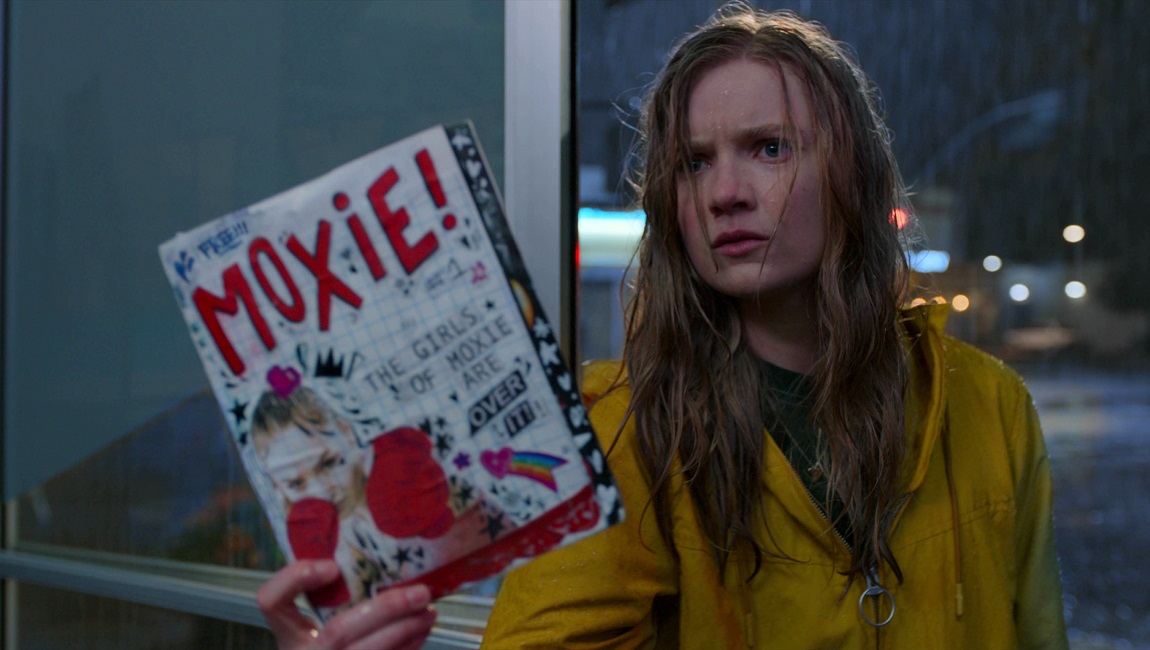It has become increasingly evident that 2009 was a major turning point in Tsai Ming-liang’s artistic development: Madame Butterfly marked his first, decisive shift to digital, while Face, a commission of the Louvre Museum, inaugurated a significant turn towards gallery and installation work. In these respects, Sand, the latest entry in his ongoing Walker series, stands as a significant waypoint in this trajectory. Like the rest of the series, it sees Lee Kang-sheng inch across a series of static landscape compositions, in this case filmed around the coasts of northeastern Taiwan’s Yilan County during monsoon season. The striking opening shot sees his silhouetted figure progress into the frame, through a large pipe tunnel that stretches out to a bright blue beachfront, its concentric symmetry offering an appropriate gateway to this journey of infinitesimal motion. And it very much is a journey—not through the predominantly urban arenas of the other Walker films, but through the natural, rain-ravaged vistas of the coastal region. As Lee moves by scores of abandoned tents and dilapidated dwellings with not a soul in sight, at one point happening by a still-standing door to nowhere, the atmosphere is vaguely post-apocalyptic. (“Hsiao Kang appears to walk in a barren wasteland. Is this the end / of time or the beginning?” goes a snippet of the poem offered alongside Sand.) In contrast to Journey to the West, which mined much puckish comedy from Lee’s opposition to a ceaseless flow of human activity, Sand offers a far more somber purview. Faced with the eternal verities of the seasons, with Lee’s body ravaged by the elements (and even the camera lens at one point smudged with dirt), submission and awe may be the only proper response.
The striking opening shot sees his silhouetted figure progress into the frame, through a large pipe tunnel that stretches out to a bright blue beachfront, its concentric symmetry offering an appropriate gateway to this journey of infinitesimal motion.
Still, there is a kind of built-in joke here—albeit one that doesn’t work in all settings. Filmed in and around the Zhuangwei Dune Visitor Service Park in Yilan (which encompasses an architectural space designed by architect Huang Sheng-yuan and the surrounding natural landscapes), Sand was also exhibited in the park’s Visitor Center alongside the rest of the Walker series. And this exhibition room, an unorthodox spelean space, is precisely where Lee’s wandering monk ends up at the end of the feature. Thus, Sand functions something like experimental filmmaker Morgan Fisher’s Screening Room (1968-2010), in which a handheld shot tracks into the very theatrical space that the audience is watching the film in. Though Tsai’s films have long had a potent sense of place, this new interest in site-specificity comes alongside corresponding forays into the realm of VR. And though categorization for such works is an open question, Tsai has maintained that his interest remains, as ever, fundamentally cinematic: “Film is a mysterious invention: is the frame a limitation, or an encouragement to extend into the beyond?” With its renewed focus on nature and the body, Sand offers a tentative answer.







